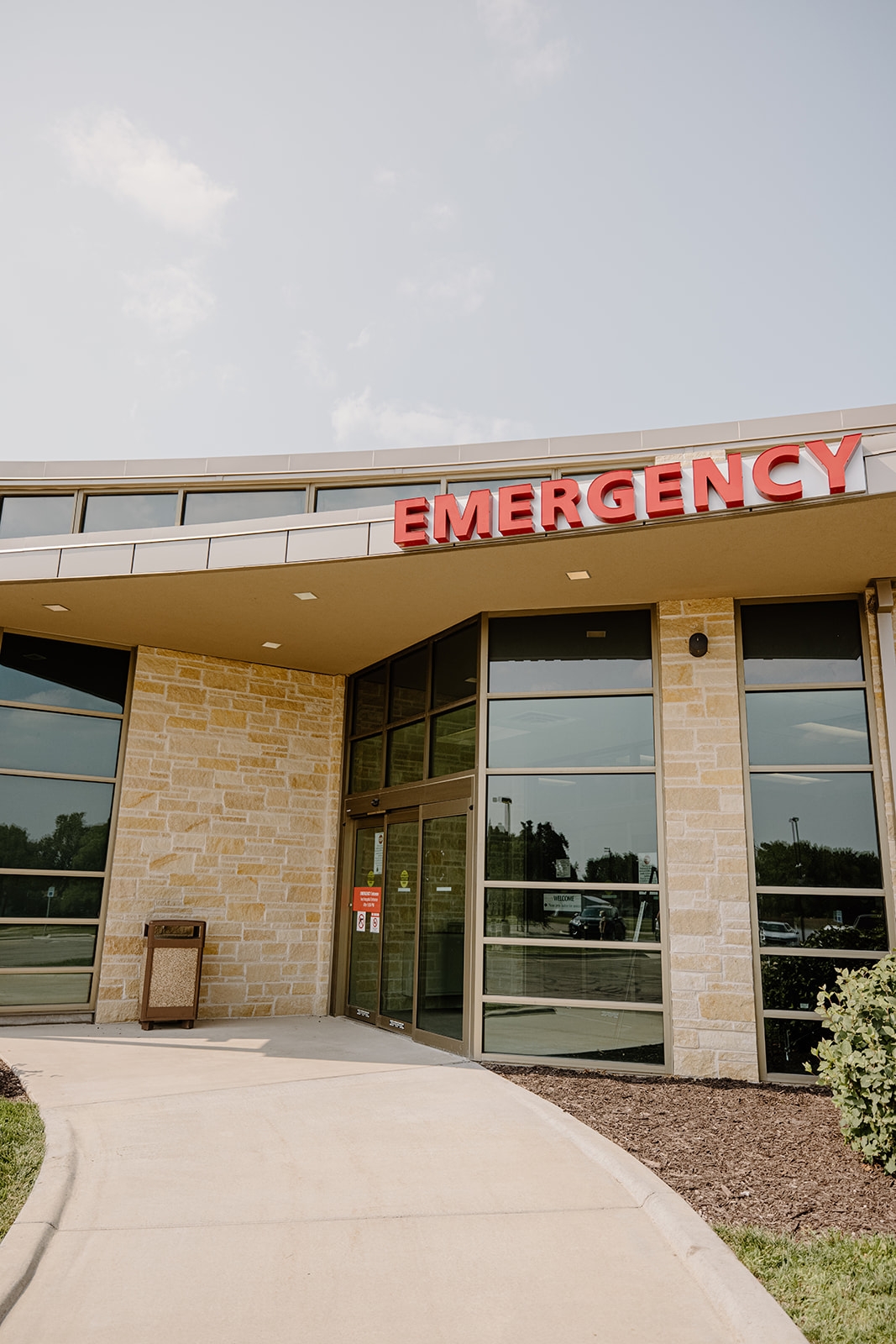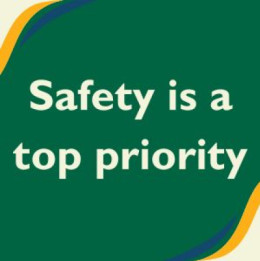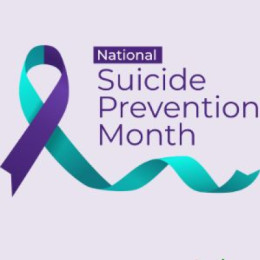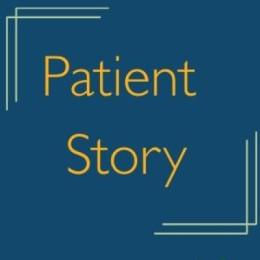
Onaga Community Hospital has been recertified as a Level IV Trauma Center by The Kansas Department of Health and Environment (KDHE). Designated trauma centers are evaluated every three years to assure they meet all essential criteria and certify trauma care capability and institutional performance as determined by the American College of Surgeons and endorsed by the Kansas Advisory Council.
“This achievement is hard-earned as the requirements are rigorous to verify adequate processes, protocols, training and resources in place to provide high quality, evidence-based trauma care for the best possible outcome,” said Mindy Olberding, Chief Nursing Officer. “I am so proud of our trauma team, Dr. Marcus Weiser, Trauma Medical Director at the time of designation, Tiffany Ronnebaum, Trauma Coordinator, Lacey Niehues, Trauma data specialist and all of the acute nursing and emergency room staff and providers for achieving this designation. The work and dedication of the nurses and providers regarding the care of our patients is unmatched.”
Onaga Community Hospital is one of 34 designated Level IV Trauma Centers across Kansas and serves communities located in Jackson, Nemaha, Marshall and Pottawatomie counties.
“Injuries remain a leading cause of death and disability in Kansas. KDEH’s Trauma Program works to ensure those who are injured in Kansas have access to an organized system of trauma care which offers them the best chance of recovery,” said Janet Stanek, Secretary, Kansas Department of Health and Environment. “On behalf of families and visitors in our state, we acknowledge Onaga Community Hospital’s continued commitment to provide high quality care to trauma patients.
Trauma Systems play a significant role and increase the chances of survival by strengthening the relationships between local health departments as injury prevention advocates, trained community bystanders, EMS, trauma centers, and rehabilitation services. The stronger these relationships, the more innovative and creative the Kansas Trauma System becomes when improving the quality of care and outcomes for injured Kansans.











0 comments